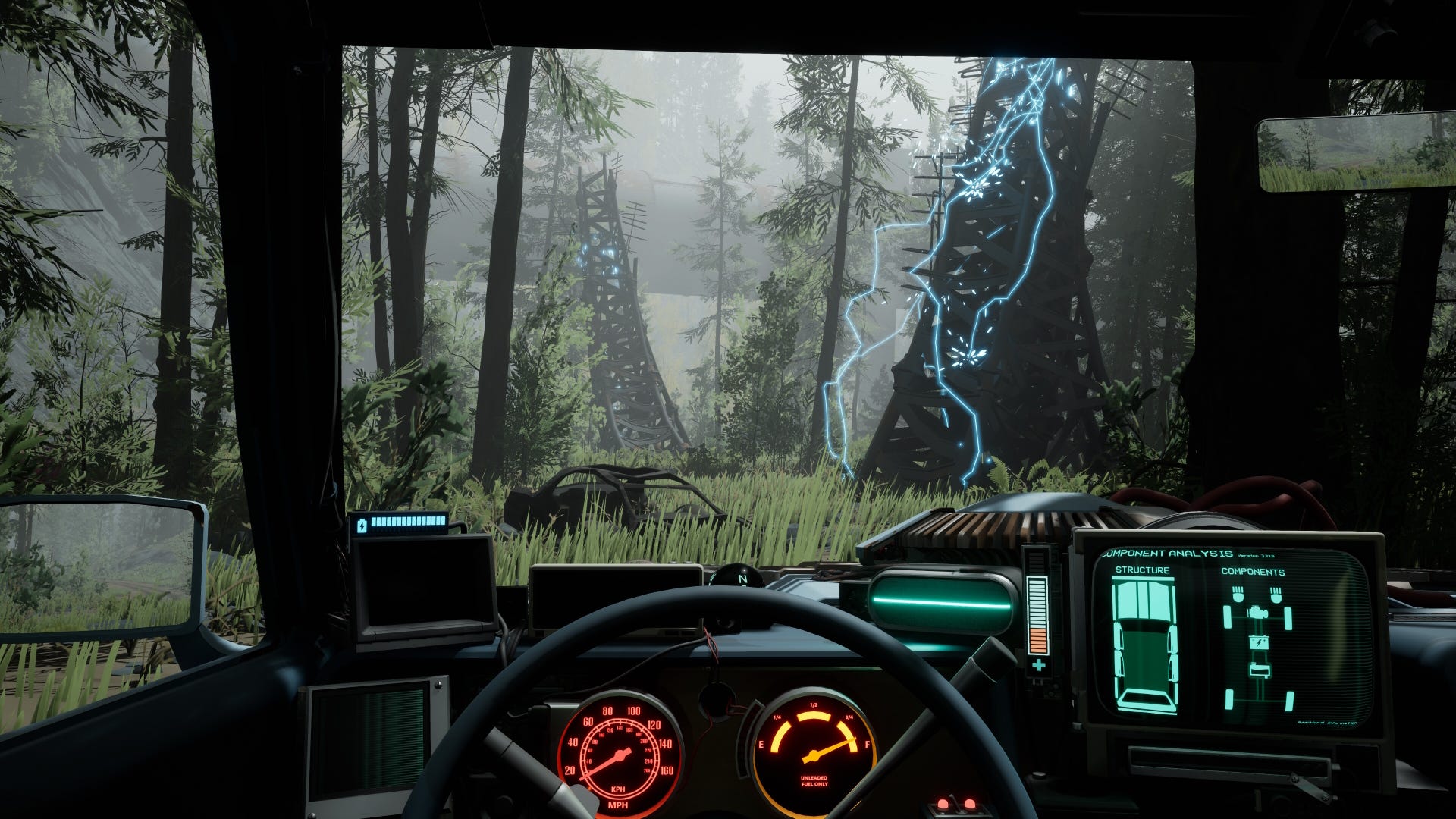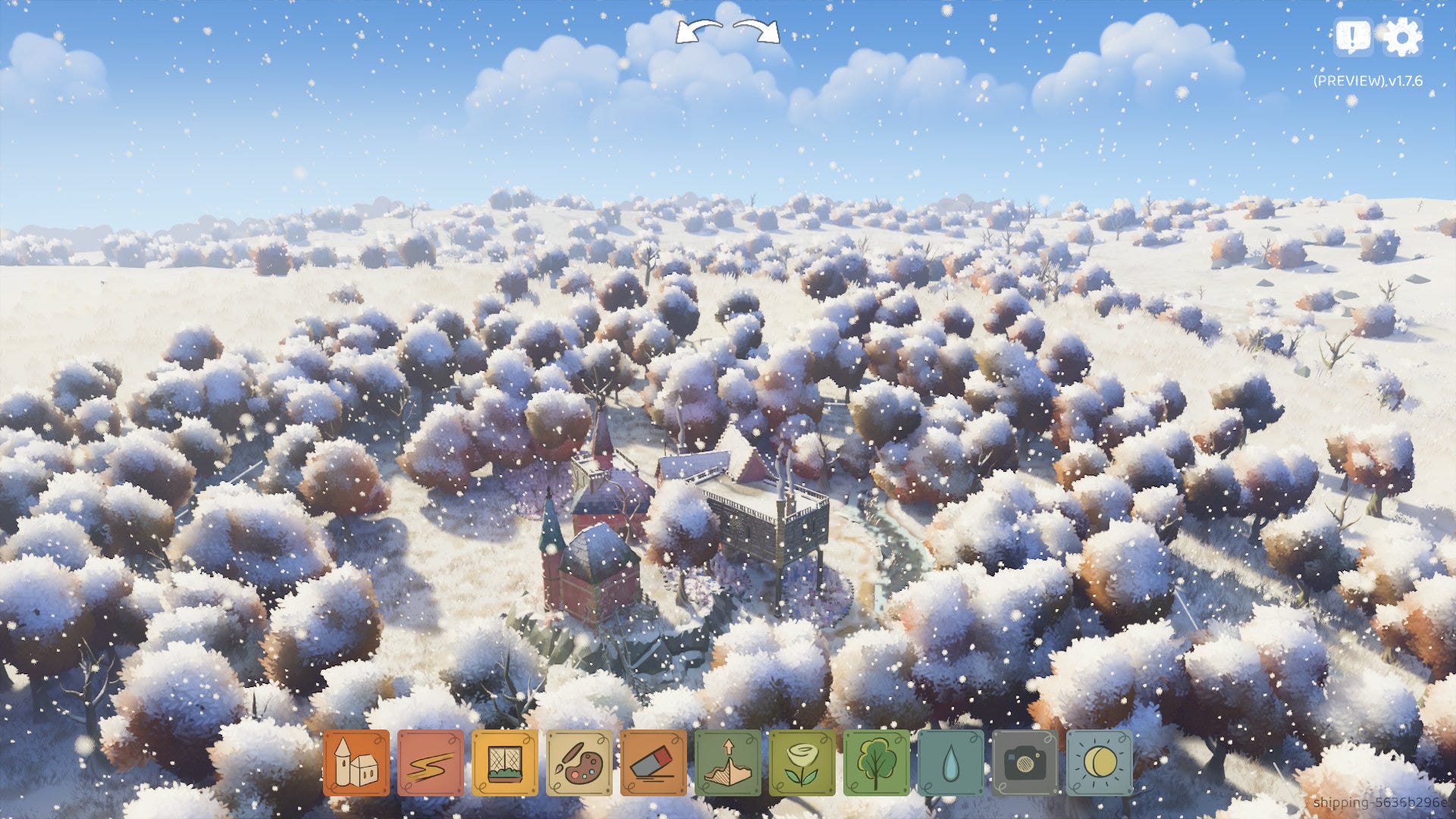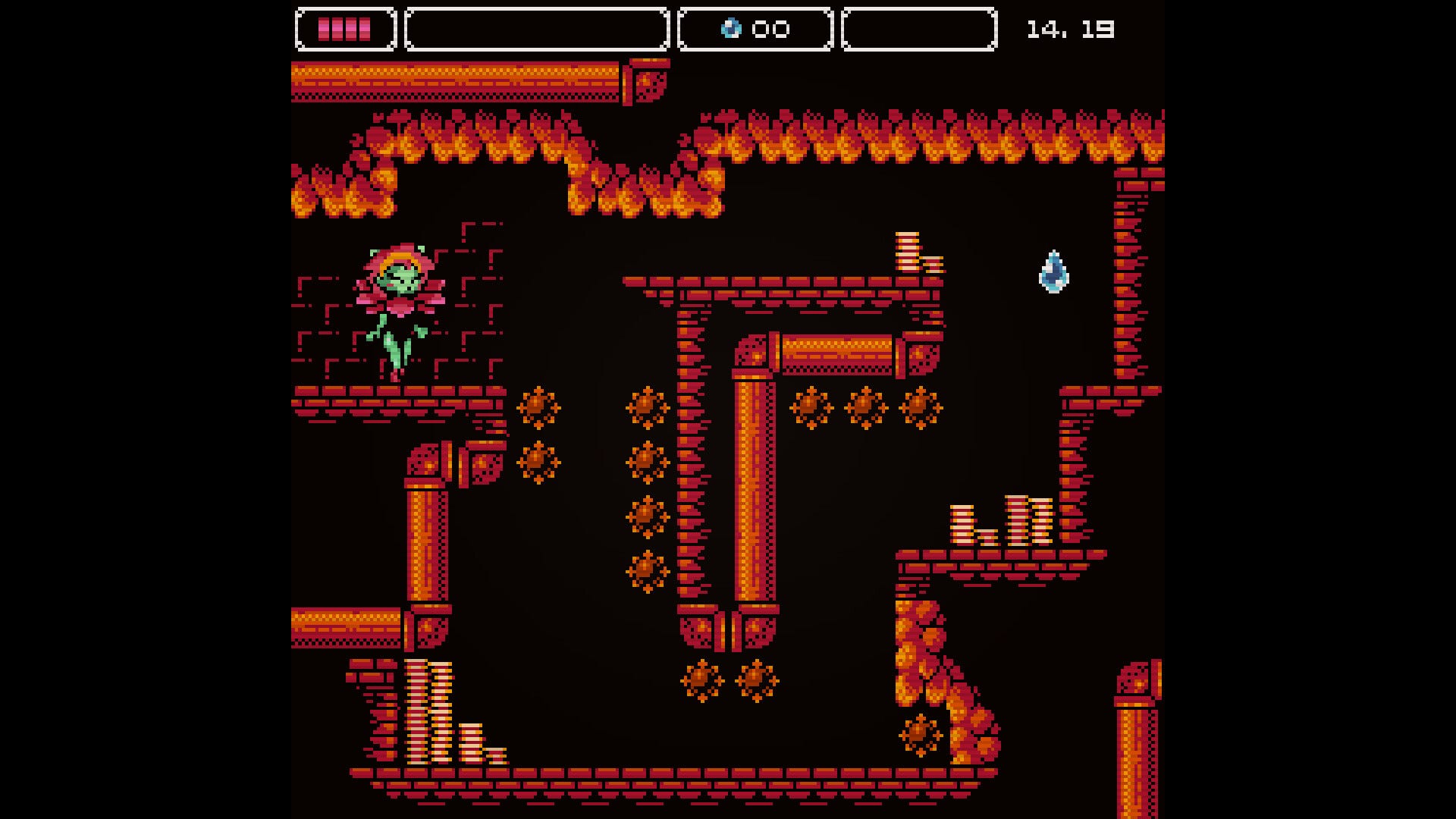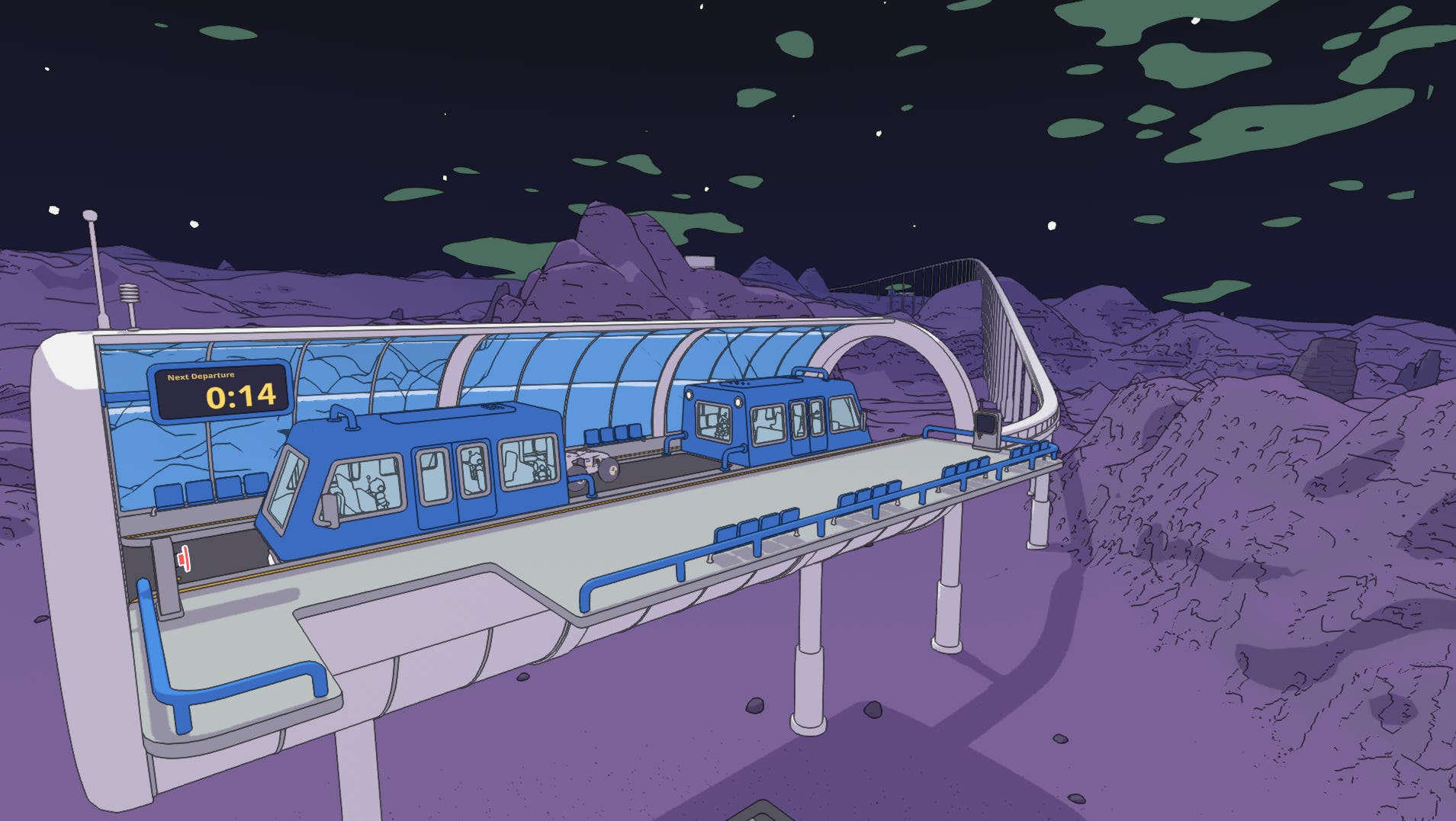During last year’s Game Awards, Archetype Entertainment unveiled its upcoming AAA RPG, Exodus. Crafted by a team of industry veterans, including former Mass Effect staff from BioWare and more recruits from 343, Naughty Dog, and other leading studios, Exodus promises to deliver a “next-generation, story-driven RPG” that blends cinematic storytelling with modern AAA gameplay.
Collaborating on the project is renowned sci-fi author Peter F. Hamilton. Acclaimed for his expansive Commonwealth Saga and The Night’s Dawn Trilogy, Hamilton has lent his world-building expertise to shape Exodus and its broader universe. Alongside consulting on the game, Hamilton is also penning a duology of books set in its universe. The first novel, Exodus: The Archimedes Engine, will be released on September 19, with preorders now available on Amazon in the UK and the US.
We had the pleasure of interviewing the author, discussing The Archimedes Engine, his assistance in constructing the Exodus universe, and how his signature storytelling style brings depth and complexity to this expansive new sci-fi franchise.
The team at Archetype Entertainment has praised you for helping make the Exodus universe more scientifically accurate. What were some key areas where your expertise made a significant difference?
PFH: The best example was my contribution to the method used by Celestial starships to travel between stars at just below lightspeed. They’d got the basic requirements worked out, I just suggested a more practical method of doing what they wanted, especially in terms of the energy requirement of accelerating the huge mass of a starship up to those speeds.
What were the biggest challenges in writing within a universe that’s being built for multiple platforms? Did any aspect of the world or characters evolve based on feedback from the game developers?
PFH: The whole experience of working with others on this kind of huge-scale project was extremely satisfying. The Archetype team had already drawn up their basic guidelines, what they wanted to achieve, for the Exodus universe by the time I came on board. Being able to apply my take on those objectives was something very new for me.
Sometimes I’d have to come up with whole new technologies, which is relatively easy for a sci-fi writer; then again sometimes I’d have to find a very different societal structure for a Dominion, which means a lot of backstory as to why certain Celestials behave the strange way they do.
I’d send these in and get feedback, which would often necessitate tweaking the concepts to make them a better fit. I think we managed to get most ideas polished after a couple of revisions. It was a very positive time for me.
The Exodus universe is populated by great houses and expansive star systems. How much freedom do you have to invent and flesh out these factions, and do any of them play a key role in The Archimedes Engine?
PFH: I wouldn’t describe it as having a freedom, given that I was one of the consultants that helped shape the nature of the Exodus universe. What that opportunity gave me was knowledge of what could and could not be out there. So when I needed to add a new Celestial species, society, or star system to the story, I knew what would fit into the universe and how to shape it accordingly. And yes, the Celestials play a huge part in the Archimedes Engine. They are not benign, which makes this a dangerous universe to explore, especially for humans.
What challenges did you face in balancing scientific realism with the imaginative demands of world-building in Exodus?
PFH: This is always a challenge for sci-fi. You want to push the envelope of what can be achieved, yet at the same time make it reasonably believable. In this case, the Archetype team had some good ground rules established for what they would and wouldn’t have in the Exodus universe. So in many respects it was like my usual worldbuilding, I always plot the parameters for what can be done before I start concentrating on the individual details. In other words: the team knew what they were doing.
The Archetype Entertainment team has mentioned how much they admire your work. How did their familiarity with your novels influence the creative process during collaboration?
PFH: That’s very kind of them. Given the type of novels and themes I usually write, that is: big stories set in the far future, I think they saw me as someone who could contribute to the kind of Space Opera setting they were building for Exodus. From my point of view, it was a great fit. I had a terrific time working with them.
The collaboration between novelists and game developers can be tricky. How do you ensure that the story and gameplay align while still retaining the unique strengths of each medium?
PFH: The simple answer to this is that The Archimedes Engine is not a novelisation of the game. It takes place in the Exodus universe, but over a century after the game, and in a different solar system. The characters featured in the Archimedes Engine don’t appear in the game, although they do provide a few glimpses and comments on some of the worlds you’ll encounter in the game. So what the reader will take from this is an understanding of how the Exodus universe works in terms of its history and the people who live in it.
Can you talk about the alien species or civilizations beyond the Celestials? How do they differ culturally or technologically from the human factions, and what roles do they play?
PFH: There are no aliens in the Exodus universe in a biological sense. That was one of the more interesting draws for me when I was asked to join the project. All the life you encounter in the Exodus universe has a terrestrial origin — that doesn’t mean that humans don’t find very alien worlds and behaviours in the Centauri Cluster. The original humans have spent forty thousand years developing themselves in some very odd directions.
You’ve mentioned time dilation as a key concept. How does it affect relationships, politics, or even warfare within this universe?
PFH: It was one of the major themes that the game developers wanted to explore, as it allows the player to have a real understanding about the consequences of their decisions. This is all due to keeping interstellar travel limited to .999 lightspeed; so there is no faster than light travel. Which (quick explanation) thanks to Einstein’s relativity: if you travel a couple of light years to a new star at a fraction below the speed of light, it will seem like a week to those on board the starship, while years pass to those you’ve left behind.
Same principal applies for The Archimedes Engine, some choices taken by characters only become apparent to them decades later when they return home after such a flight. As to the warfare / conflict part, anyone undertaking a revolution or invasion has to plot out their moves at a grandmaster level. Some actions won’t produce results for decades, if not longer. That means you have to be very certain the effect will play out as you expect before you launch it.
In Exodus: The Archimedes Engine, Finn’s decision to become a Traveler seems pivotal to the plot. What makes the role of a Traveler unique within this universe, and how does it shape Finn’s journey?
PFH: Travelers are unique in that they are a super-minority of the human population who do exactly that: travel. They are the ones who have the strength and determination to defy the Celestial Dominions, and try to carve out something for themselves, which requires a level of freedom most humans in the Centauri Cluster simply don’t have.
They see themselves as noble rebels and visionaries whose actions will one day lead their fellow humans out from under the oppression of the Dominions — and also make a decent profit on the side. Whether those fellow humans see them in that light is another matter.
The Exodus universe clearly draws on themes of power dynamics, exploration, and the search for freedom. How do these themes manifest in The Archimedes Engine, and how central are they to the broader narrative of the franchise?
PFH: Those three themes are innate human qualities, so for me writing them was simply a reflection of past, current, and future life. Despite being set in 40,000 years’ time, and featuring hundreds of Celestial (post-human) societies in their Dominions, the Archimedes Engine couldn’t not deal with such topics.
In many respects these issues are what unifies us — the ‘us’ being what humans have evolved into in Exodus; despite all their differences and advanced physical and mental attributes, the Celestials can still be understood in purely human terms. However much they try to push their evolution they cannot throw off their heritage. In some cases, their technology and power even amplify those original biological traits. All of which makes what we are and what we can become absolutely central to the story here.
In The Archimedes Engine, how do the Celestials’ advanced evolution and technology impact their interactions with humanity? Are there moral or philosophical conflicts that arise due to these differences?
PFH: All the time. It is a constant worry for humans, especially travelling to a Dominion about which they know very little. Sometimes they can be completely ignored, or despised, or told to “Get out!” in no uncertain terms. Travelers have to be so much more than just starship crews, explorers, and mercenary scavengers, they have to be diplomats of the highest order every time they emerge into a new star system. Many human Traveler starships simply don’t return home, and their families don’t know why.
The relationship between the Celestials and human settlers seems to mirror historical patterns of colonization and empire-building. Was this parallel intentional, and how do you explore these dynamics in the story?
PFH: Some aspects can be drawn from and are reflected in history, some have more modern parallels. In the Exodus universe, the Celestial Dominions have a considerable technological and economic superiority over the newcomers (humans) who are still arriving in their ancient ark ships.
Celestials regard humans as completely inferior, which makes it hard for them to fit into the existing Dominions. A development which feeds directly into the earlier question about freedom, and how powerful that desire features in what it is to be human. In effect, it becomes a mirror held up to the age-old question: how much freedom do you give up to live in an ordered society?
What aspect of The Archimedes Engine are you most excited for readers to experience?
PFH: I’m going to go with finding out what the Archimedes Engine itself actually does.
Exodus is expanding to more than just novels, and will be part of the upcoming Secret Level animated series revealed at gamescom 2024. Prime Video’s Secret Level is an anthology series by the creators of Love, Death + Robots. Each episode is basically a short film inspired by the characters and worlds of iconic video games like God of War, Mega Man, Unreal Tournament, and Pac-Man.
Last year, also speaking with IGN, James Ohlen, whose resume includes serving as a designer on Knights of the Old Republic and Dragon Age: Origins at BioWare, shed additional light on the long-awaited RPG, which was first teased back in 2020. They talked about how the time dilation element works, how Exodus will also take inspiration from Indiana Jones, how combat will flow, and more.
Robert Anderson is a deals expert and Commerce Editor for IGN. You can follow him @robertliam21 on Twitter.









